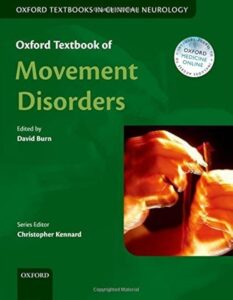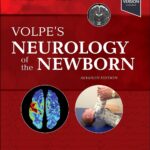
We recommend this book
The field of movement disorders is one of the key subspecialty areas in clinical neurology, and understanding of the relevant conditions can often be difficult. The scope of this area requires a wide knowledge base, and clinicians might, in the course of a single clinic, need to recall the differential of Huntington’s-like disorders, the gene implicated in dopa-responsive dystonia, and compare a case of suspected neuroacanthocytosis with a ‘classical’ case.Part of the accessible Oxford Textbooks in Clinical Neurology series, this volume covers the basic science and clinical concepts underlying the movement disorders, as well as the diagnosis and treatment of individual hypokinetic and hyperkinetic movement disorders.
Specifically written to aid understanding and treatment of a wide range of movement disorders, this textbook includes a useful section covering miscellaneous causes of disordered movement, which are routinely encountered by neurologists. It is also supplemented with illustrative video clips that can be accessed through the concurrent online edition. Although firmly rooted in evidence-based management approaches, the authors included their own top tips and experience on the management of difficult cases where no current guidance exists, engaging the reader and providing a better feel for handling real-world clinical problems.The Oxford Textbook of Movement Disorders is an indispensable reference for neurologists and senior trainees in neurology, as well as any physicians advising people with movement disorders.
Note : All files uploaded here with reserved copyrights for Medicine-21.com & Dr. Ahmed Hafez
These materials are for personal use and not for commercial use, so avoid copying or transferring these materials to other websites or blogs to avoid being subject to local and international legal accountability.






